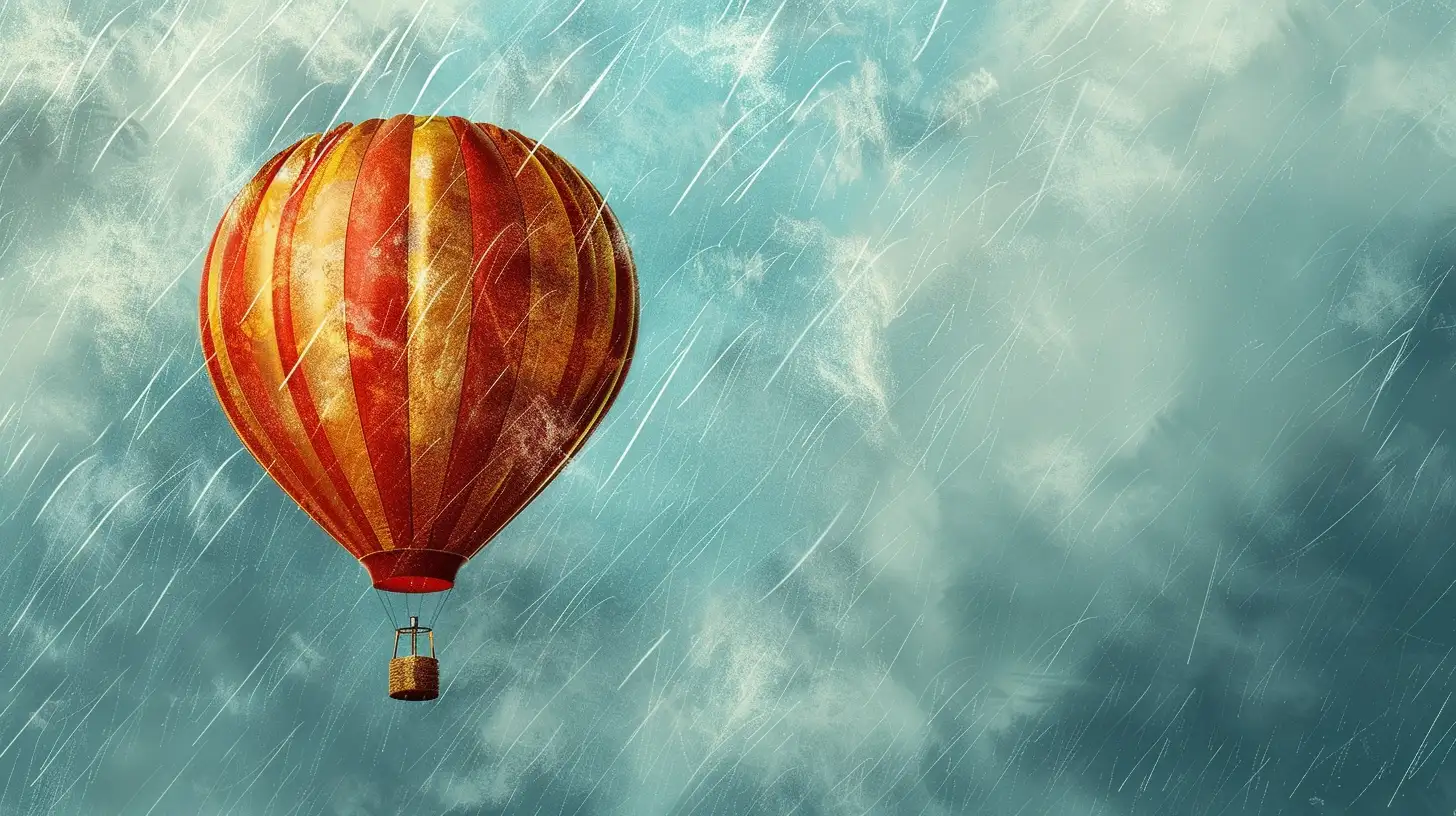.webp)
© History Oasis
On November 10, 1981, the Double Eagle V, a helium-filled balloon piloted by a four-man crew, embarked on a historic journey from Nagashima, Japan, with the mission of becoming the first balloon to successfully cross the vast expanse of the Pacific Ocean.
After a grueling flight lasting 84 hours and 31 minutes, during which the crew faced numerous challenges while navigating across the ocean—the Double Eagle V finally touched down in the rugged terrain of California's Mendocino National Forest—marking a significant milestone in the history of ballooning and demonstrating the remarkable endurance and skill of its crew.

The Double Eagle V's historic flight across the Pacific Ocean was not only the first successful crossing by a balloon but also set a new world record for the longest distance ever traveled by a balloon.
The helium-filled aircraft covered an astonishing 5,768 miles (9,283 km) during its journey, surpassing all previous distance records in ballooning history.

The success of the Double Eagle V's historic Pacific crossing can be attributed to the expertise and dedication of its four-man crew, which consisted of three experienced balloonists from Albuquerque, New Mexico—Ben Abruzzo, Larry Newman, and Ron Clark—along with the resourceful restaurateur Rocky Aoki, who provided crucial financial support for the expedition.
Abruzzo and Newman brought a wealth of ballooning knowledge to the team, having previously been part of the Double Eagle II in 1978.
The diverse skills and experiences of these four individuals, combined with their shared passion for pushing the boundaries of balloon travel, were instrumental in making the Double Eagle V's groundbreaking flight a reality.

Ben Abruzzo and Larry Newman, two of the key members of the Double Eagle V crew, were no strangers to groundbreaking balloon expeditions.
In 1978, three years prior to their Pacific crossing, the pair had been part of another historic flight—the first successful transatlantic crossing by a balloon, aboard the Double Eagle II.
This earlier achievement had solidified Abruzzo and Newman's reputation as pioneers in the field of ballooning and demonstrated their exceptional skills in navigation, endurance, and problem-solving under extreme conditions.

The Double Eagle V's journey across the Pacific Ocean was not without its share of challenges and dangers.
The helium-filled balloon spent a harrowing four days traversing the vast expanse of the ocean, facing unpredictable weather conditions and the constant threat of equipment failure.
As the balloon approached the coast of northern California, it encountered a severe storm and began to accumulate ice, which weighed down the aircraft and made it increasingly difficult to control.
Despite the best efforts of the crew, the Double Eagle V ultimately crash-landed in the rugged terrain of northern California, bringing an abrupt end to its historic voyage.
Remarkably, all four members emerged from the landing unscathed.

Despite the groundbreaking nature of the Double Eagle V's Pacific crossing, the flight did not receive the same level of media attention as the earlier transatlantic voyage of the Double Eagle II.
This can be attributed, in part, to the fact that the Double Eagle V's expedition coincided with another significant event in the history of space exploration—the second Space Shuttle mission, STS-2.
The Space Shuttle program, which had launched its first mission earlier that year, was still a novelty and a major focus of public interest.
As a result, media coverage of the Double Eagle V's flight was somewhat overshadowed by the excitement surrounding the concurrent space mission.

On January 2015, a new chapter was written in the annals of ballooning history.
The crew of the Two Eagles Balloon, consisting of American Troy Bradley and Russian Leonid Tiukhtyaev, embarked on their own trans-Pacific journey, aiming to surpass the distance record set by the Double Eagle V over three decades earlier.
After a grueling flight that tested their skills and endurance, Bradley and Tiukhtyaev successfully completed their crossing, having traveled an astonishing distance that eclipsed the previous record.
The Fédération Aéronautique Internationale, the world governing body for air sports, officially verified the Two Eagles Balloon's achievement on July 15, 2015, confirming that Bradley and Tiukhtyaev had indeed set a new world record for the longest distance traveled by a balloon.